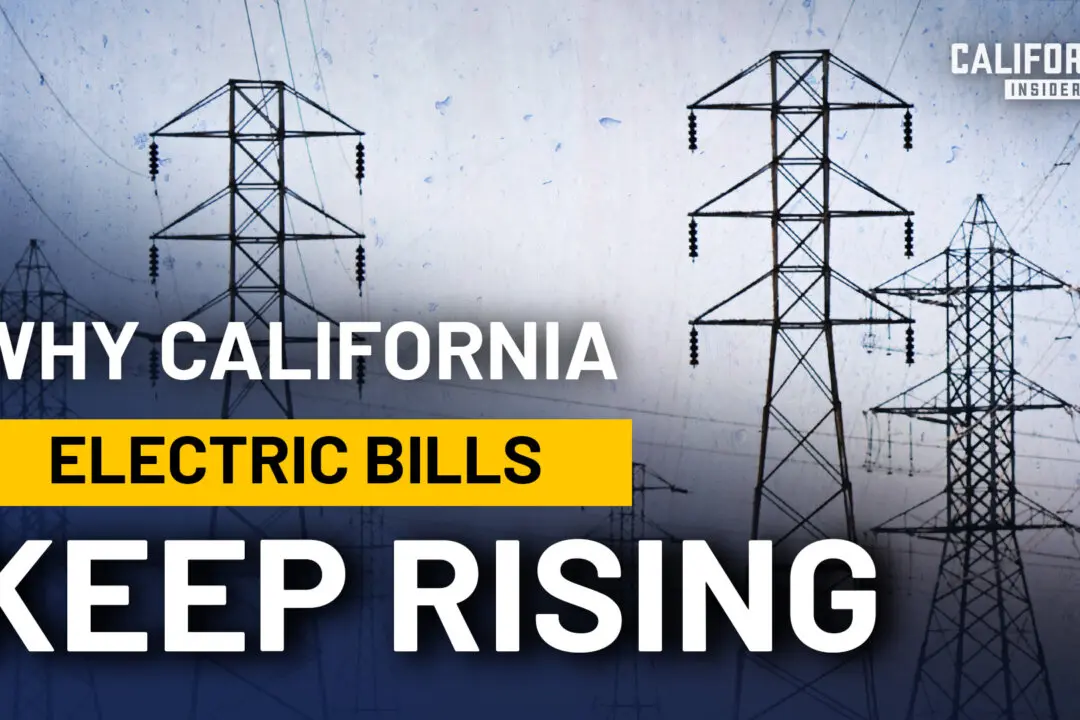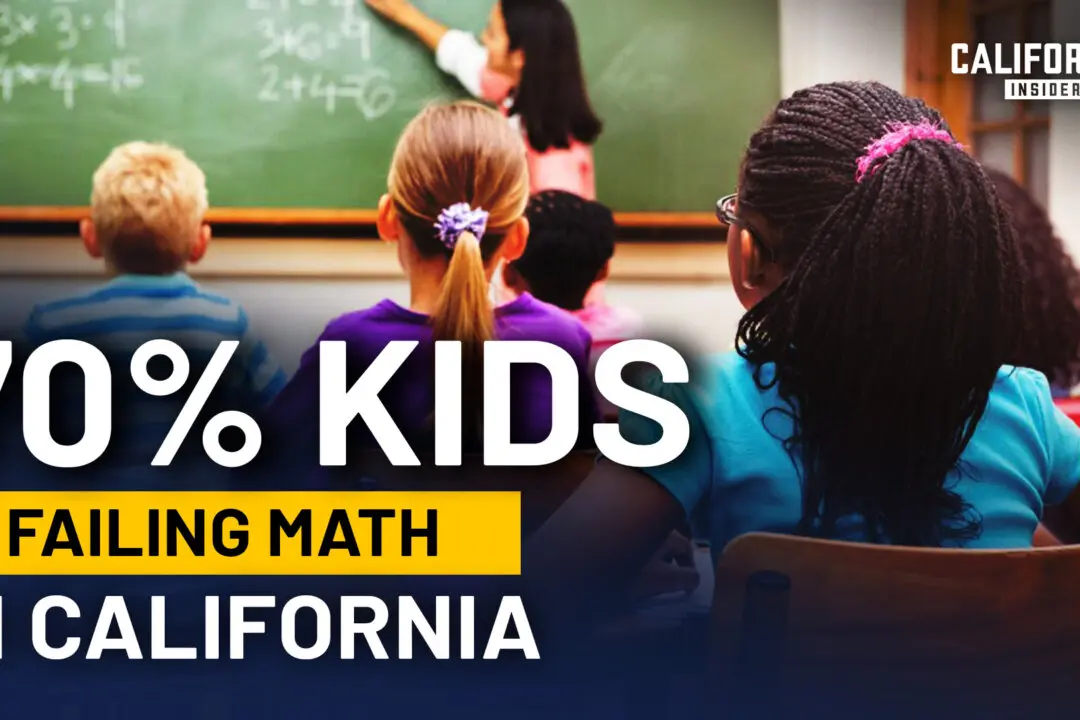Commentary
Anne Dunsmore is the campaign director for Rescue California, one of two organizations driving efforts to recall Gov. Gavin Newsom. As the petition has surpassed the required number of signatures to start the recall process, it’s become clear in recent weeks that “it’s going through; we’re ahead of schedule,” she said.



